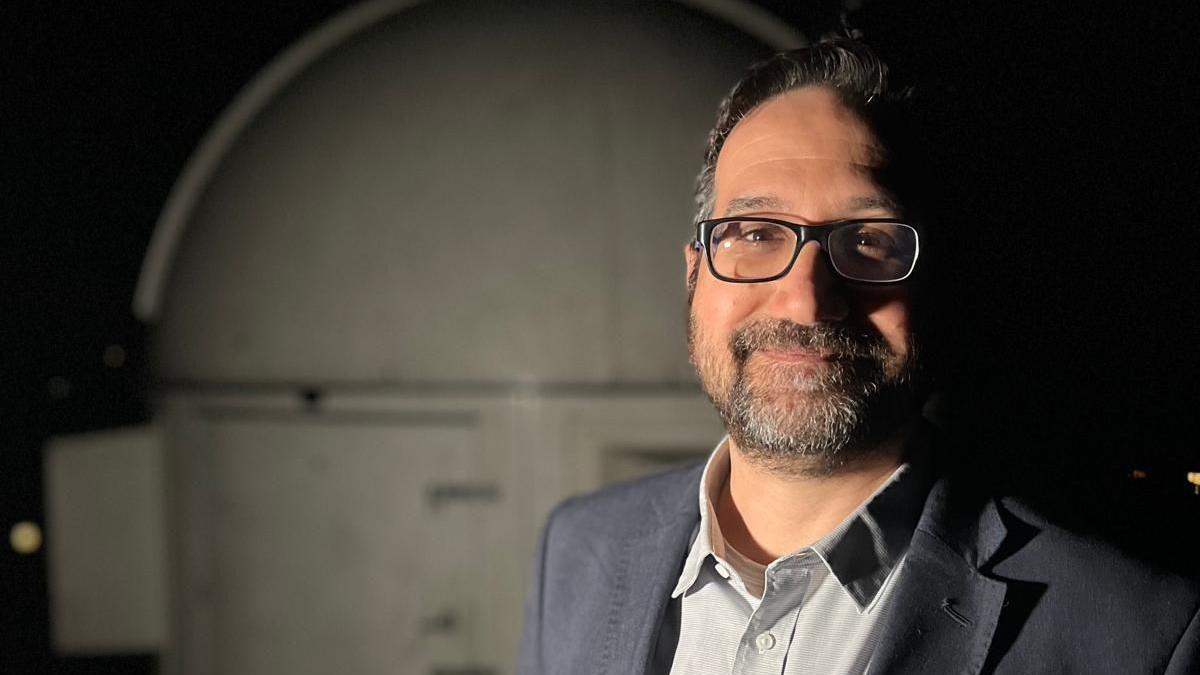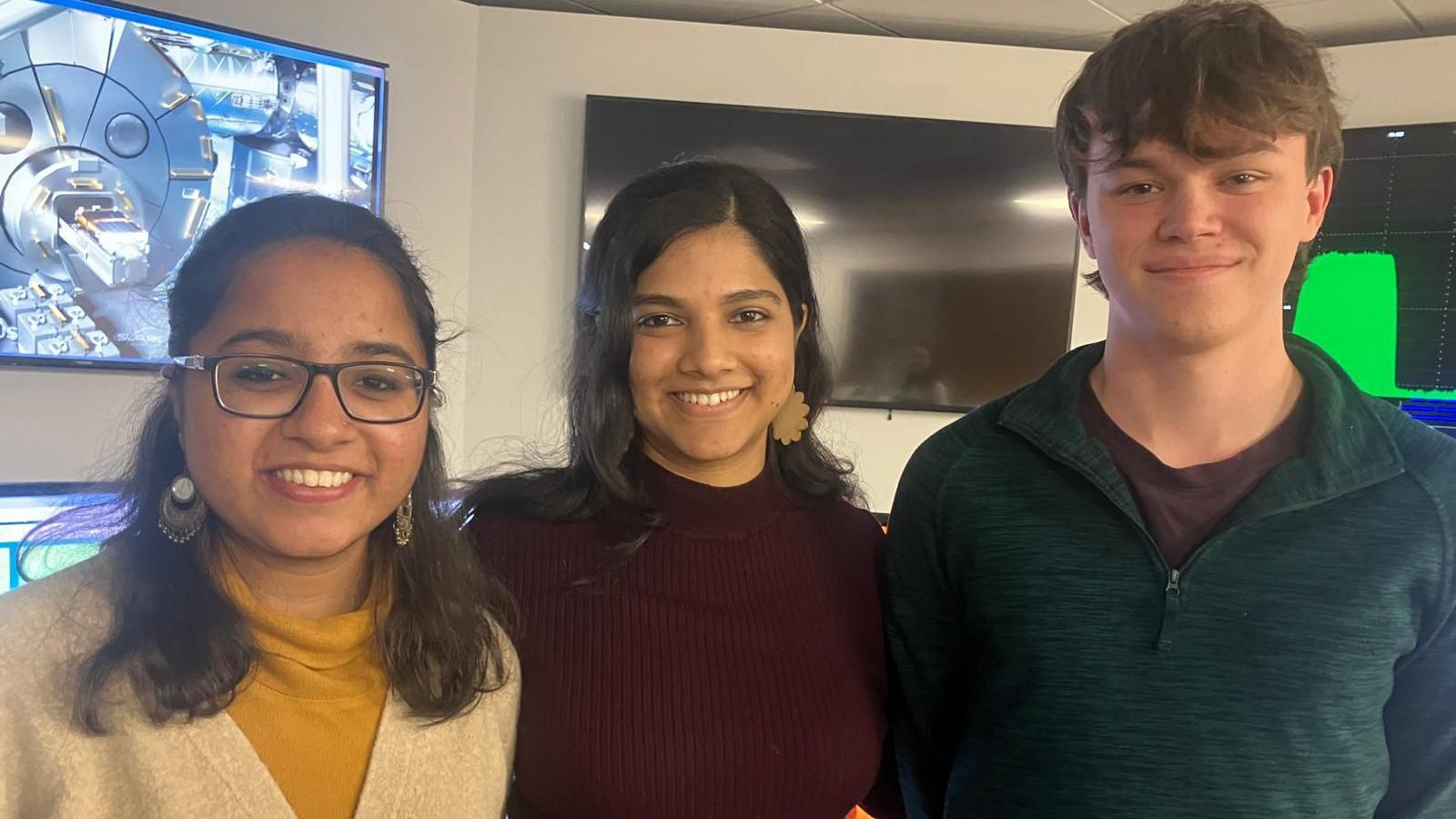Can a satellite unlock the secrets of the universe?
The Horsehead is a great cloud of gas and dust where stars are being born
- Published
A space professor who helped design a groundbreaking satellite has said it will "profoundly change our understanding of the universe".
The Euclid satellite, launched by Elon Musk's Space X company, was developed by a team that included Professor Adam Amara, from the University of Surrey.
It is two years into a six-year mission to gather high-quality images that will help astronomers gain insights into the nature of dark matter and dark energy.
Prof Amara, from the Isle of Wight, hopes it will spark the imaginations of future space scientists.
No previous space telescope has been able to combine the breadth, depth and sharpness of vision that Euclid can.
The James Webb telescope, for example, has much higher resolution, but cannot cover the amount of sky that Euclid does in one shot.
Experts from the University of Oxford are among those combing through the data the satellite is providing.

Professor Adam Amara said the images from the satellite were "almost works of art"
Reflecting on two years since the launch, Prof Amara said: "We have 2,000 people across the world working every day, night and day, to process these images and look for little gems in what we can find out about the universe.
"It's an incredible amount of effort people are putting in, and it's wonderful to see the results as well.
"To see the images come through and be even better than expected was absolutely incredible because we all had sleepless nights."
He said the images were "just breathtaking in themselves" and "almost works of art".
"We're still in the middle of a journey. But what we've seen this year is the interim results," he said.
"A lot of them, led by people here in the UK, are already saying Euclid is delivering as good as and better than we expected."
He hopes Euclid will answer questions about dark matter and dark energy "which still remain a mystery".
"There isn't an experiment like it in space. It's unique," he said.
"It is going to unlock the secrets of the universe, but it is going to take time."

Sriraksha, Astha and Harry are students studying astrophysics
In the Space Centre at the University of Surrey, Prof Amara's students hope to become the next generation of cosmologists and astrophysicists.
Harry, who is studying for a masters, is interested in dark matter "because we just know so little about it".
"I just want to keep answering questions about astronomy and astrophysics," he said.
Astha is studying for her PHD and believes the UK offers "abundant opportunities" for students studying astrophysics.
She said: "I definitely see myself working with satellites analysing data in the future."
Sriraksha, a masters student, got into astrophysics because of her "love of star gazing".
"I just want to understand how everything is connected," she added.
Prof Amara said: "My greatest ambition is to make sure UK scientists, especially the young ones, have more opportunities going forward.
"Euclid is one of these multigenerational projects to answer really big questions and I just can't wait to see what the answer comes out as."
What is Euclid's job?
Euclid is surveying a third of the heavens to get some clues about the nature of so-called dark matter and dark energy.
These unknown "influencers" appear to control the shape and expansion of everything that's out there.
Researchers concede, however, they know virtually nothing about them, even though they probably account for 95% of the contents of the cosmos.
Neither dark matter nor dark energy are directly detectable. Our only hope of gaining some understanding is to trace their subtle signals in the things we can see.
This is Euclid's job - to observe the contours, distances and motions of billions of galaxies, some of whose light has taken almost the entire age of the universe to reach us.
Somewhere in the statistics of this 3D cosmic map - the largest ever made - scientists expect to find answers.
Composition of the universe
Experiments indicate the cosmic contents include:
Roughly 5% normal matter - atoms, the stuff from which we are all made
About 27% dark matter - so far unseen directly and defying description
About 68% dark energy - the mysterious component accelerating cosmic expansion
The universe is calculated to be 13.8 billion years old.
You can follow BBC Hampshire & Isle of Wight on Facebook, external, X (Twitter), external, or Instagram, external.